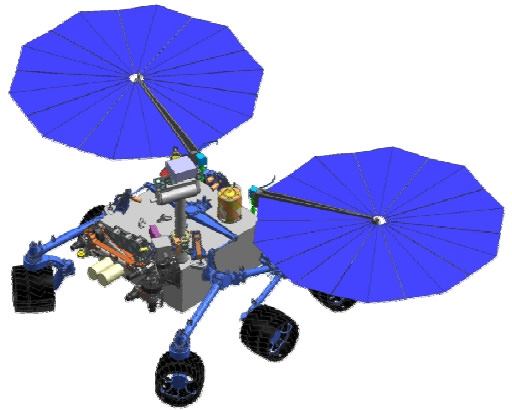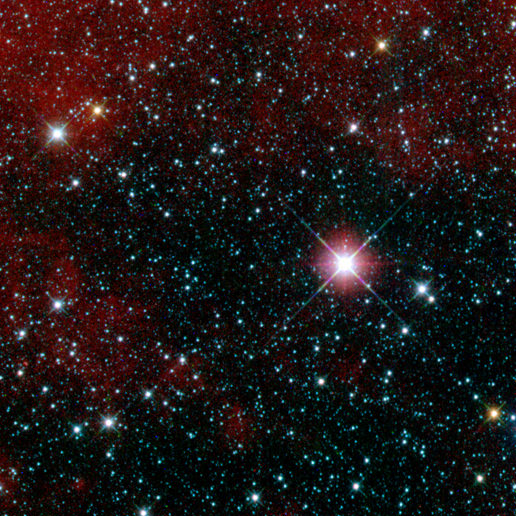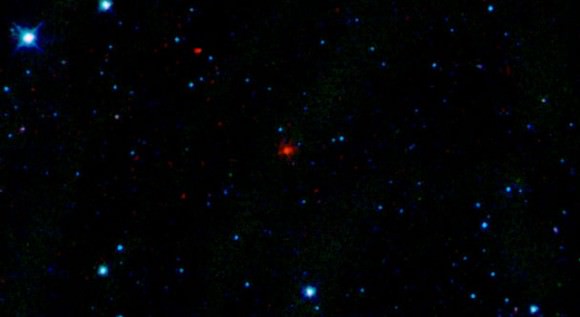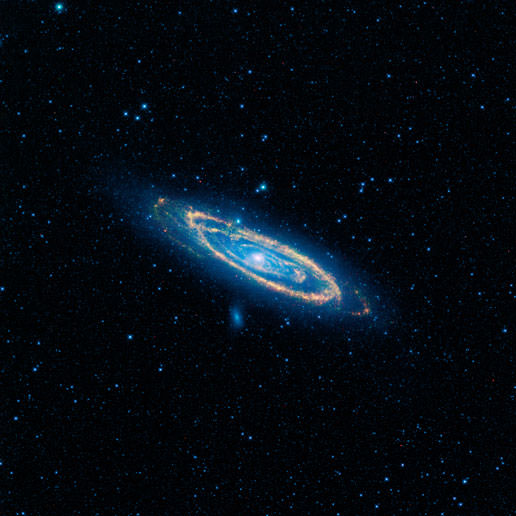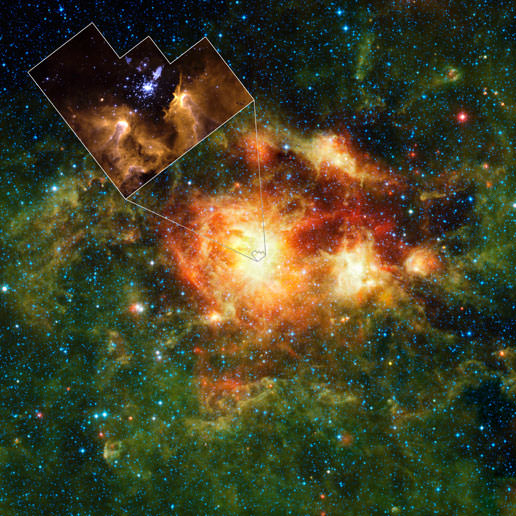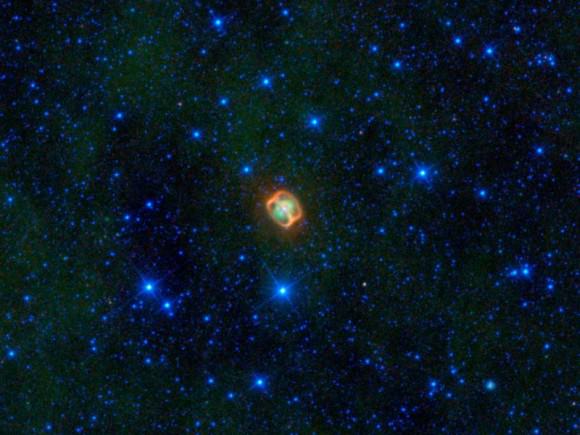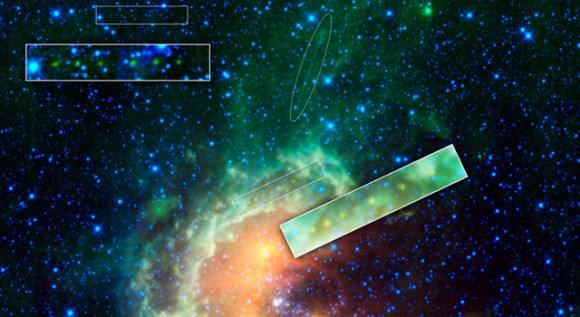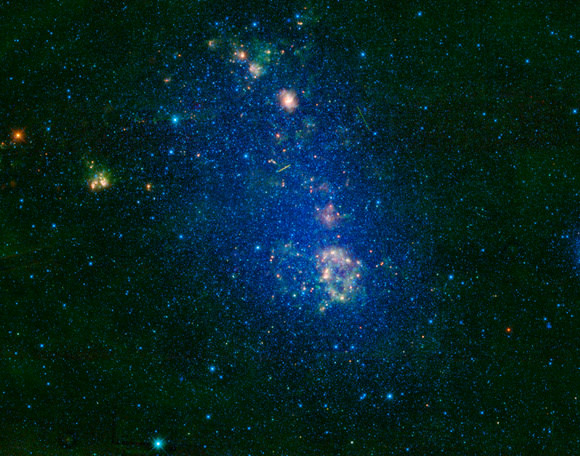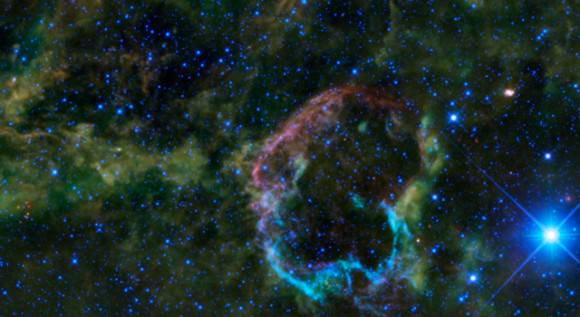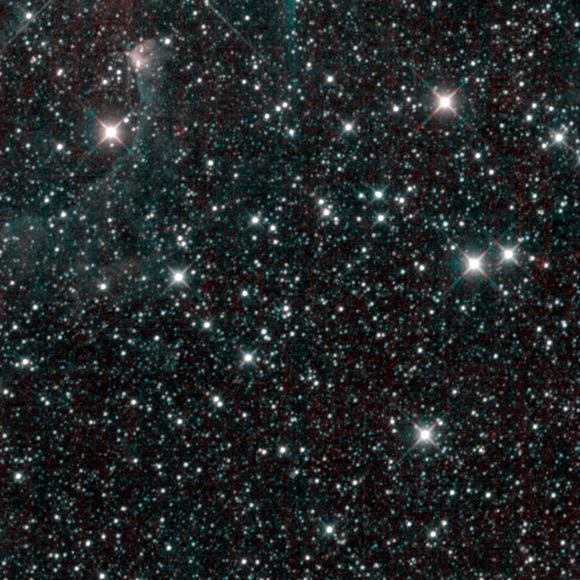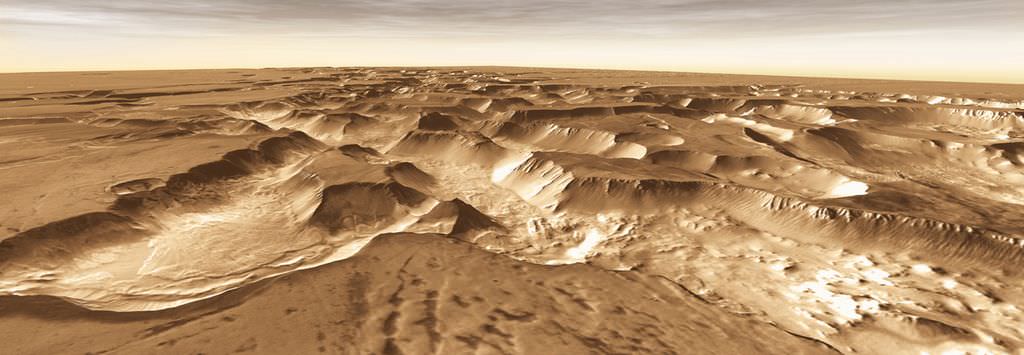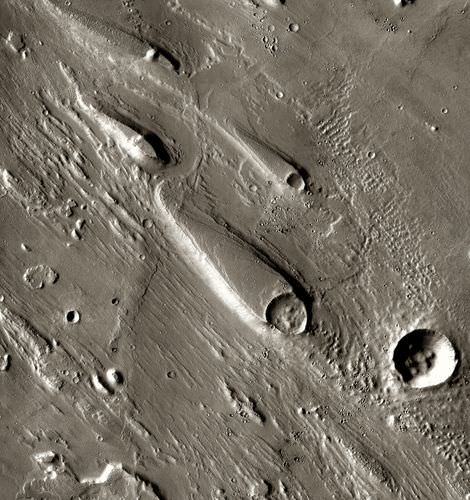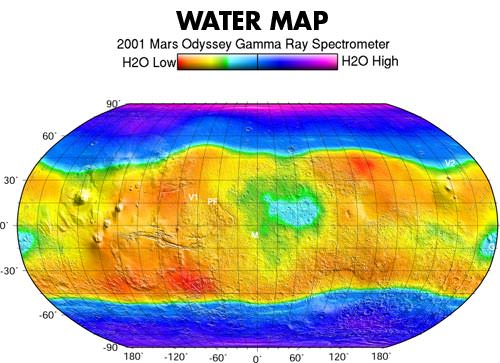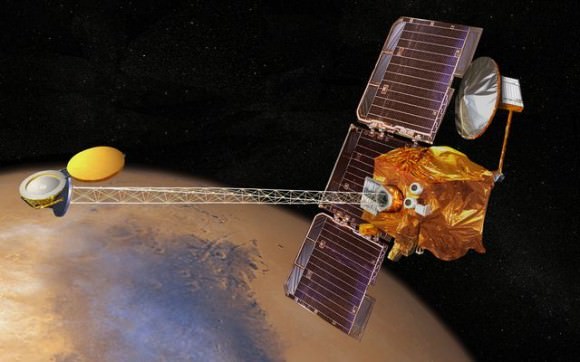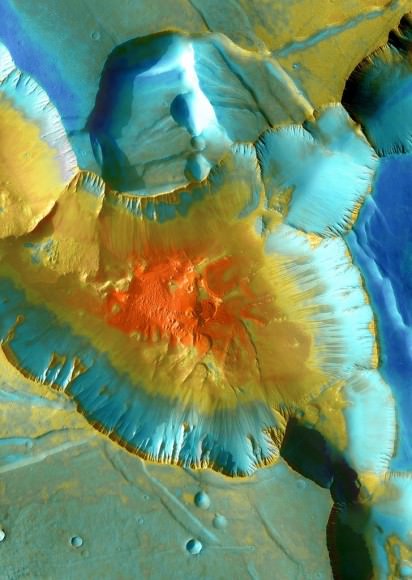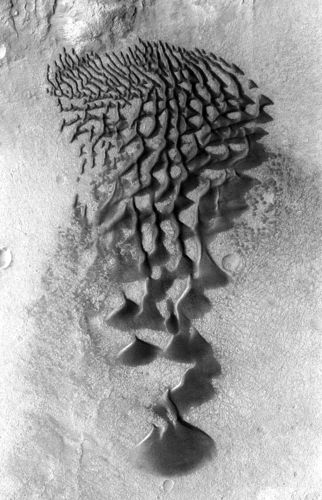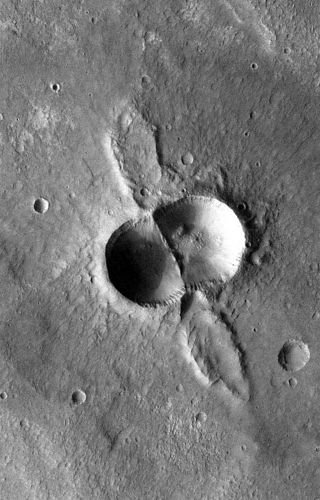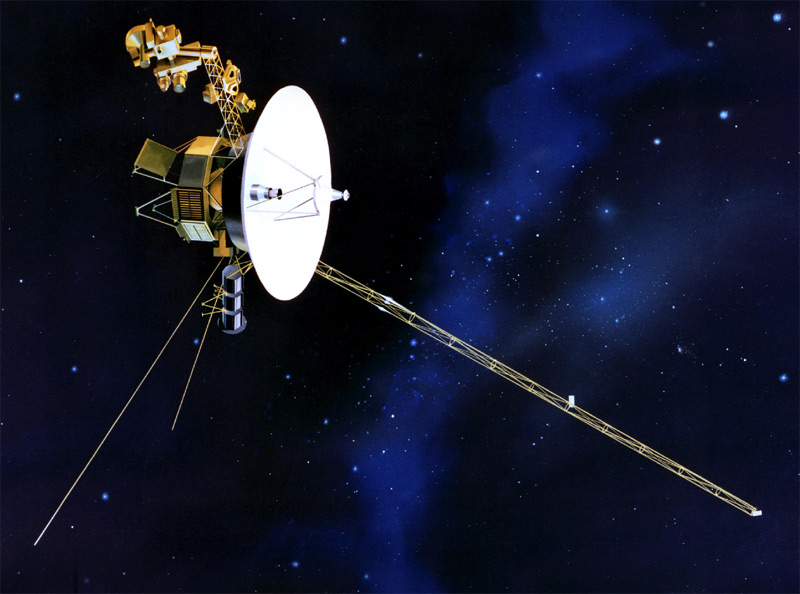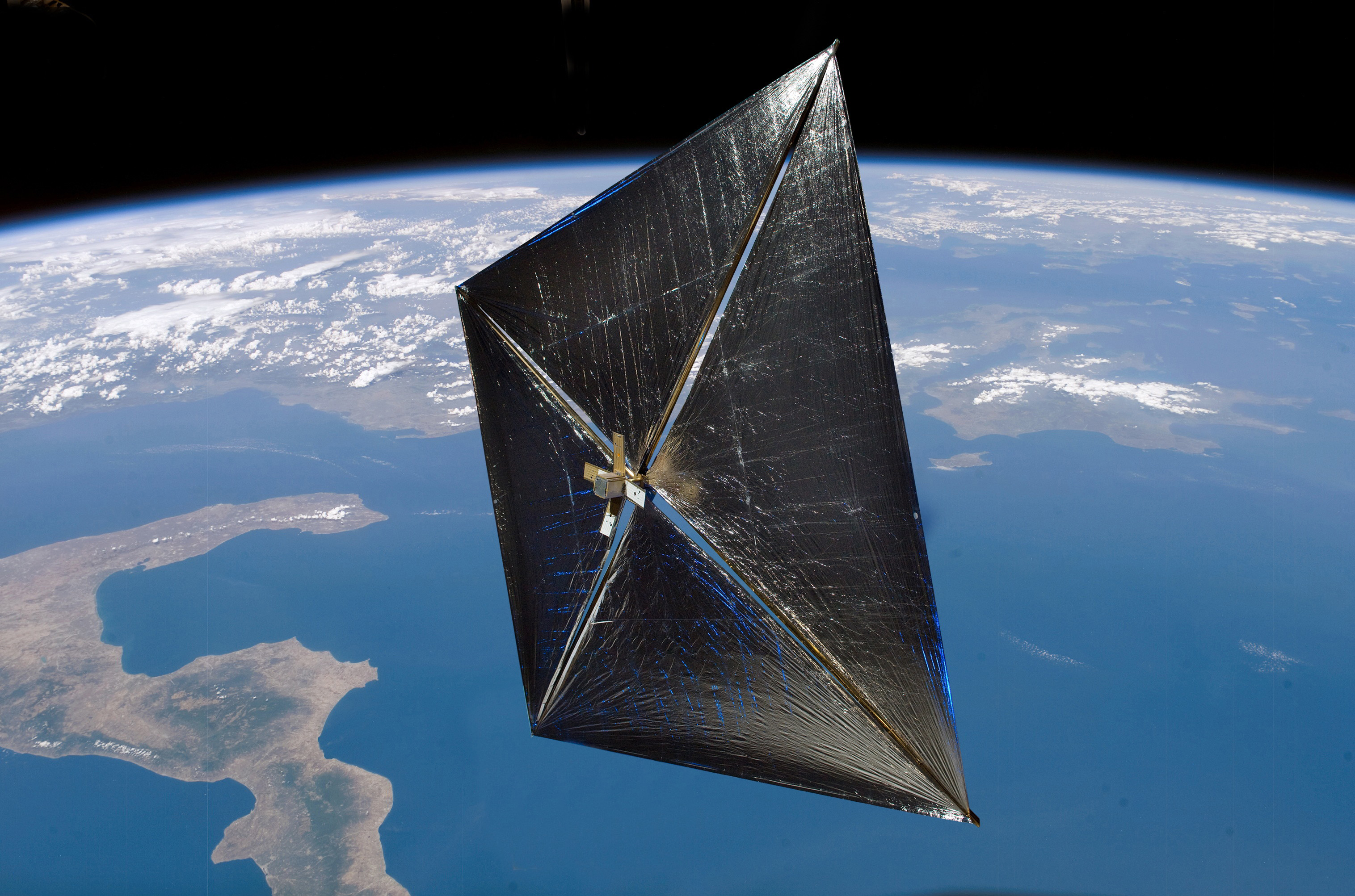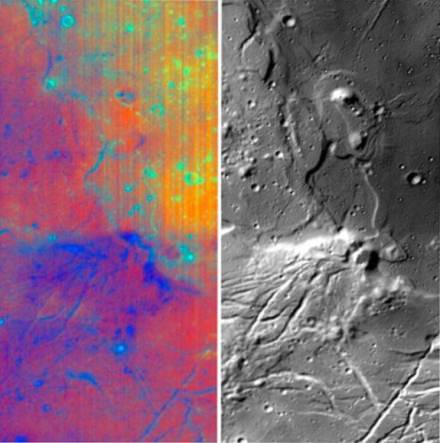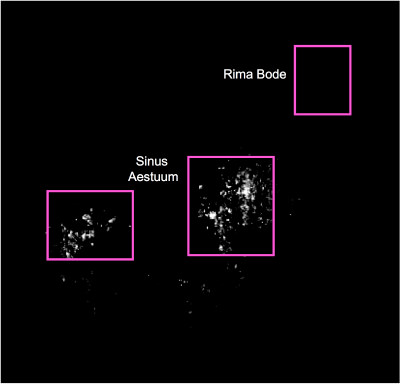[/caption]
The planetary science community has released their “Decadal Survey” a set of recommendations and a wish list of future missions to explore the solar system. But, as panel chair Steve Squyres said in his presentation of the survey at the Lunar and Planetary Science Conference on late Monday afternoon, NASA’s current budget projections could mean the end of large, flagship missions.
“The budget we had to work with is a projection by OMB (Office of Management and Budget) of what the future of planetary exploration might look like,” Squyres said. “If implemented, it would mean the end of flagships programs in planetary science. But this is not set in stone by any means. This budget is the first step in the process from the executive branch of the government. There are many more steps involving the other branches, and Congress is answerable to its constituents, and that includes us. So those of us who care have an obligation to speak to our representatives and let them know what missions we would like to see.”
The Decadal Survey, a lengthy 400-page document supported by NASA, the National Research Council and the National Science Foundation, “transcends Congress and changes in administration and is our guiding light that moves us forward year after year, said Jim Green, NASA’s Planetary Science Chief.
Squyres said the Decadal Survey is “an extraordinary event where a governmental entity looks toward its constituency for input and actually listens to them.”
In total, the committee – made up of planetary scientists — identified 25 mission candidates for detailed studies.
Flagship missions were recommended in the report, but with the caveat that if they can’t stay under a certain budget, those missions will either be delayed or canceled. And if NASA doesn’t have enough money or cannot stay within budget, the space agency should focus on smaller, cheaper missions first. These recommendations appear to be a direct result of the money issues of the James Webb Space Telescope and the Mars Science Laboratory Rover.
Among the highest recommendations for the big flagship missions are a double rover mission to Mars working in cooperation with the European Space Agency, sending NASA’s Mars Astrobiology Explorer Cacher (MAX-C) rover, (which could be a sample return mission) and ESA’s ExoMars Rover to the Red Planet which could both help determine whether the planet ever supported life and could also help answer questions about its geologic and climatic history. NASA’s part of that joint mission should not exceed $2.5 billion, which is actually $1 billion less than the independent estimates provided to the committee. However, the panel suggested that both space agencies work to make the missions cheaper by reducing the scope of the mission (and they provided a checklist of how to do that).
The second highest recommendation for the flagship missions is to study Jupiter’s icy moon Europa and its subsurface ocean — one of the most promising environments in the solar system for supporting life. But again, NASA should fly the Jupiter Europa Orbiter (JEO) only if NASA’s budget for planetary science is increased, or if the JEO’s mission scope is made more affordable. The independent estimate put the price tag at $4.7 billion. The committee concluded that unless costs could be brought down, conducting JEO would preclude too many other important missions.
“De-scoping is a difficult thing,” Squyres said at the conclusion of his presentation. “It requires discipline, it requires leaving behind some of our most cherished hopes for what a mission might be.”
But Squyres reminded those in attendance of two famous de-scoped missions. One mission, originally called the Grand Tour ended up being cut because it was alltogether too large in scope and budget. It later became Voyager, and scientists later worked out a way to make the Grand Tour happen. The other mission was the VIRM mission to Venus, which was a radar and mapping mission to Venus, which was too expensive, and it was massively de-scoped to became the Magellan mission.
“Voyager and Magellan both revolutionized our understanding of five planets, so de-scoping — when done right — can lead to revolutionary missions,” Squyres said.
Other missions would be the first in-depth exploration of an ice giant plant – an orbiter to Uranus — and another to Saturn’s geyser-filled moon, Enceladus.
The Decadal Survey takes input from planetary scientists, and Squyres said the science community stressed the importance of smaller missions – known as New Frontier class missions — which would provide science quicker, cheaper and more frequently than the big flagship missions. Also, they said NASA should place high priority on research and development and technology funding.
Recommendations for New Frontiers missions for 2013-2022 include a Comet Surface Sample Return mission, and Io orbiter, a probe to deploy into Saturn’s atmosphere, a network of lunar landers and orbiters, and a Lunar South Pole-Aitken Basin Sample Return.
Squyres said the panel proceeded knowing their recommendations should be science-driven and but also that the missions would have to be maintainable within the projected budgetary resources. So, not just the science but the costs of the science.
“Science return per dollar — I understand science return is not highly definable in terms of cost,” Squyres said, which sometimes makes the projections difficult.
Other missions were recommend based on balance across the solar system and balance on mission size between the smaller and larger missions. Other criteria were the missions’ readiness of appropriate technologies, and availabilities of trajectories in the next 10 years — “You have to be able to get from here to there,” Squyres said.
They also recommended funding for current missions to continue or be extended including, MESSENGER, Dawn, Kepler, GRAIL, New Horizons, Juneo, Cassini, the current Mars missions, including the Mars Science Laboratory and MAVEN, and the LADEE lunar mission.

